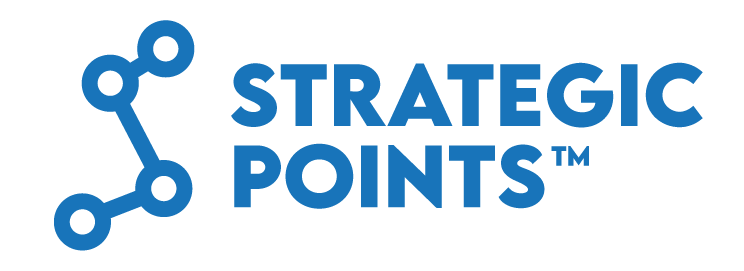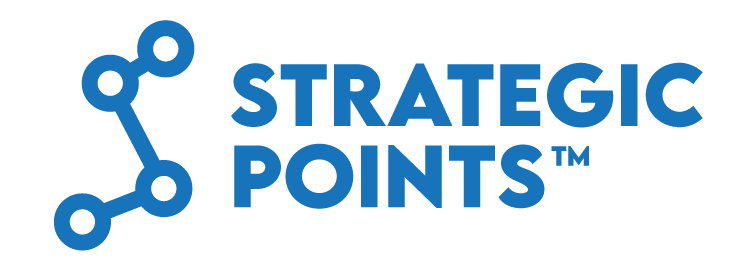A modern leader should possess the competences of a broad, objective perspective on the surrounding business and social reality. They should be able to see, hear and know things, in other words keep their ears to the ground, while being able to quickly assess the short- and long-term consequences of events in their environment. Unfortunately, there is no universal method, no perfect set of rules that can guarantee the reliability of every decision and protect against every possible communication, image and strategic risk. But there are tools that make it much easier to properly manage such sensitive areas of business.
One of the most distinctive manifestations of the dynamically changing environment of the modern business organization is the tremendous intensity of its communication activities. The exponentially growing number of messages sent and received by almost all stakeholders on many different levels creates a massive information overload. Organizations that are responsible and concerned with their own competitiveness adapt to the demands of the times by investing more and more resources in classic communication tools, in addition to social media operations, promotion of their own leaders and employees, employer branding, and other and ever more creative marketing and branding activities. Consequently, each organisation reinforces and multiplies the media hype in its own environment.
Information overload management
With the increasing amount of information and quality changes in its content and forms, managers’ ability to maintain a strategic perspective on the organization’s business environment requires increasing attention and diligence. The modern leader manages the company’s image and consistent communication, they are also responsible for responding appropriately to external events which directly and indirectly affect the company’s market position, its credibility in terms of customers, shareholders and business partners. Therefore, he or she should constantly practice the sense of perceiving and hearing the important things in the information buzz both in terms of the company’s immediate environment and in terms of competitive information, trends, new regulations, etc. It is also essential to be able to notice and process less important pieces of communication that can indirectly affect the company. When dealing with a large corporation, the issue becomes even more complex and multidimensional. Being inside the company, we sometimes do not notice many important external messages, we overlook them, which later turns out to be a serious mistake. How do we protect ourselves from these risks, how do we manage them? What independent processes and other tools for monitoring, analyzing and verifying one’ s own communication and promotional activity on an ongoing basis, as well as the reactions of the environment, should a manager have at his or her disposal in order to accurately assess the situation, the company’s position on the market and its perception? Finally, how do you also maintain the quality of your personal image?
Leaders are the face of the organization
The media success of the world’ s business celebrities, such as Elon Musk and Richard Branson, encourages people to boldly step outside the established framework, to open up to the democratized digital world of direct communication and to make corporations look more like the ‘human face’ by means of their leaders. Then again, in a world where everyone has a smartphone in their pocket and almost everyone feeds the stream of messages on social media, there is no longer any real possibility of limiting the outflow of communication to the outside of an organization. All that remains is not only to adapt, but to look for the additional opportunities that these phenomena offer. Many organizations, but also many leaders, are doing an excellent job in this world, building and enhancing the professional image of the business and of specific individuals. Owning social media accounts and being adequately active is also becoming a standard in Polish corporations. CEOs, department heads, politicians, journalists and experts maintain popular Twitter or LinkedIn accounts. This offers completely new opportunities to build a professional personal image and company brand, promotes good practices of organizational culture, inspires and motivates.
Increasing number of risks
Unfortunately, all this results in new types of risks, including those critical to the company. In the thick of media traps, it is easy to lose the right way and to make a very costly mistake. A weekend evening ‘joke’ can turn out to be completely unfunny in the morning, an interesting-looking social initiative is sometimes rejected, and an attempt to make a leader look ‘human’ by showing a piece of his or her privacy can end in ridicule. This is because spontaneous actions tend to be counterproductive when detached from strategic communication. What is worse, the desire to break stereotypes and create an original message can sometimes contradict the organization’s image, which has been laboriously built up over months or years.
Extra eyes and ears
——————_
It is therefore essential to create mechanisms within the organization that will unconditionally take care of the communication consistency of all activities. Sadly, standard solutions that entrust responsibility to specific internal structures or external partners such as agencies, seem insufficient when dealing with such a large number of senders and recipients of communications. It is the leaders, i.e. the owners, CEOs, their boards of directors and general managers, who are ultimately responsible for all communication activities. They should therefore be able to have their own set of ‘eyes and ears’ in the area of strategic communication. Not to mention their own independent analytical mechanisms to verify both the communication activities of their organization on an ongoing basis and to accurately describe what is happening in their environment.
The proper operation of such a mechanism brings additional benefits: it provides new tools for business decision-making, reinforces the effectiveness of risk management systems and builds the desired image of the professional manager in the long run.


